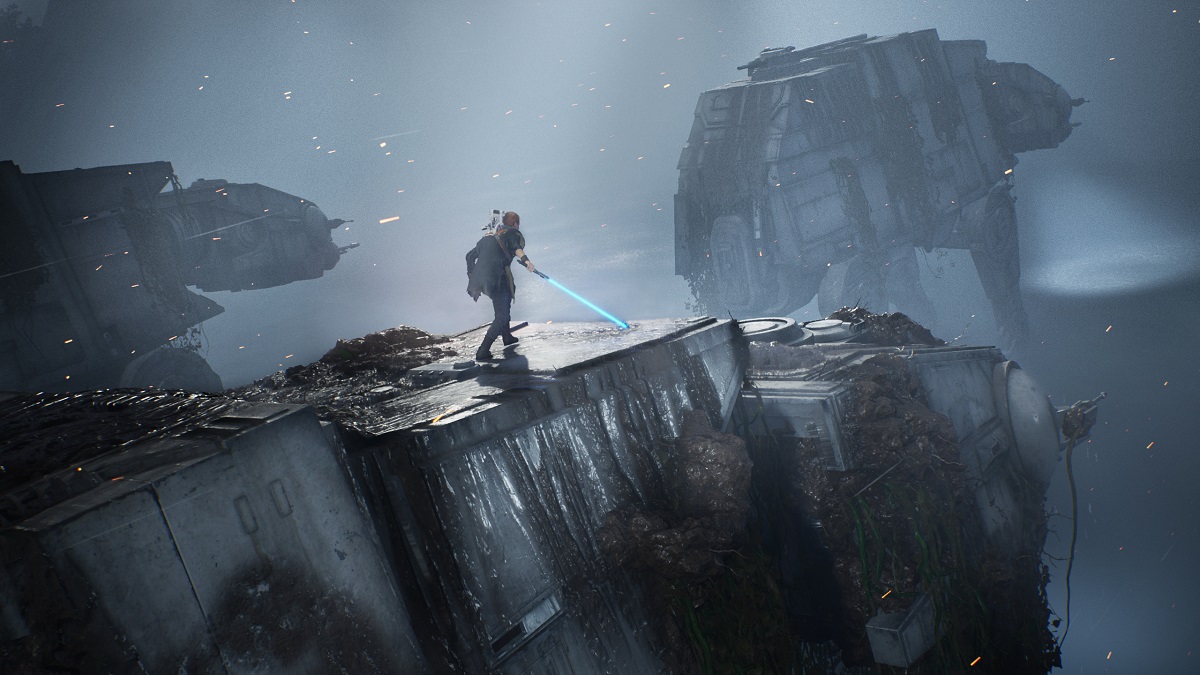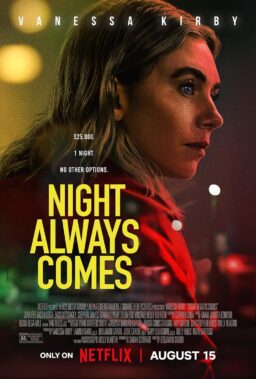I’m old enough to remember when “Star Wars” properties were few and far between. Now they’re everywhere. Whether or not this market saturation is good or bad for the brand is material for another feature, but you almost have to admire the three-medium attack this holiday season. There will be children who watch the newest episode of Disney+’s “The Mandalorian” before going to the theater to see “Star Wars: The Rise of Skywalker” on that same day. And Electronic Arts and the Lucas Empire really hope they come home and play “Star Wars Jedi: Fallen Order” when they’re done. Critically acclaimed as the best Lucas-related game in years, “Fallen Order” tells an original story with a new hero in that rich space between “Revenge of the Sith” and “A New Hope,” where we’ve already seen stories like “Solo: A Star Wars Story” and “Rogue One.” (This one is technically five years after Episode III and ten years before Episode IV.) It’s an interesting game with some excellent world building that’s still hampered by a few inconsistent gameplay mechanics, difficulty spikes, and absolutely ridiculous load times, but what really matters to fans is how it puts the power of the force (and a wicked lightsaber) in your hands. It’s a “Star Wars” world this holiday season. We just live in it.
In “Fallen Order,” you play a young Jedi named Cal Kestis (voiced by Cameron Monaghan from “Shameless”), who has to travel to multiple planets as he flees an Empire villain named the Second Sister and tries to bring a small resistance together. As I mentioned in my “Mandalorian” review, there’s a lot of storytelling to unfold as to how we got from the fall of the Empire in “Jedi” to the dominance of the First Order in “Force Awakens,” but the brain trust is also not done connecting the dots from when Anakin became Darth Vader and the movie that started it all. This is part of that story, as you meet new characters like Cal and the small crew of the ship Mantis, fighting the good fight against hundreds of stormtroopers and various creatures on planets familiar (Kashyyk, the Wookie planet from “Star Wars — Episode III: Revenge of the Sith” and Dathomir from “Star Wars: The Clone Wars”) and new (a salvage planet called Bracca). Your best buddy is a useful droid called BD-1, who will help you progress in the game and make cute robot noises. He’s adorable and effective, and almost steals the game.

In the opening of “Fallen Order,” Cal uses Force powers to save the life of a friend, and the Empire notices. They send inquisitors to investigate, and Cal is rescued by a Jedi Knight named Cera Junda and Greez Dritus, pilot of the Mantis. They need Cal’s help to access ancient vaults around the universe to that will help rebuild the Jedi Resistance. This leads to a lot of open-world exploration. The planets are huge, filled with enemies, and often remarkably difficult to navigate. Way too much time is spent looking at a poorly-designed holomap in “Fallen Order,” and trying to figure out just where to go next. If the worlds felt more open to exploration that would be one thing, but there’s a difference between feeling encouraged to make your own way and simply being confused as to what a game wants you to do next. Save points also seem bizarrely located, creating massive difficulty spikes between the distant ones, and the load times are so remarkable that your controller vibrates to make sure you haven’t fallen asleep when the game is finally ready to play again.
These complaints aside, the reason that people are calling “Fallen Order” the best SW video game in years is two-fold. One, it’s a low bar. The “Battlefront” games were stunningly disappointing, promising multiplayer Jedi action that they didn’t really deliver. I was a bigger fan of the “Force Unleashed” games than some people, but the second one of those came out almost a decade ago now. (The truth is that the best modern “Star Wars” games are the LEGO ones. Don’t @ me.) So fans have been desperate for a game like “Fallen Order,” one that puts the power of the force and the lightsaber in the player’s hands. And so when you’re wielding a saber—the bulk of the combat in “Fallen Order” is of the parry/strike melee variety in which you have to use your saber to block and counter an attack—and force-blasting enemies off a cliff, there’s something inherently powerful about that action, especially for the generation raised on only being able to replicate such things with action figures in their backyard. Now, you get to be a Jedi too. I’d be lying if I didn’t admit to that visceral thrill working more often than it doesn’t in “Fallen Order.” The combat can be inconsistent and frustrating, but the little adrenaline jolt from perfectly parrying a stormtrooper attack and then slicing him with a lightsaber? The eight-year-old in me loved it every single time.

About that slicing though—you build a meter to use your force powers through killing enemies. Long time fans of the series may be raising an eyebrow now. Being a Jedi has never really been about murder. Yes, it’s just a game, but becoming more powerful by killing your enemies is way more of an Empire thing than a Jedi thing. The “Star Wars” franchise may have come a long way since that original trilogy, but it feels like a Stormtrooper-slashing, creature-killing young man would be more likely to become more of a future Darth Vader than a future Luke Skywalker. It’s just a game, sure, but you would think hardcore fans would want it to be morally consistent with what they love.
So is “Fallen Order” good or bad for the “Star Wars” universe? It is a more ambitious game than we’ve seen in this universe for years, and that’s inherently a good thing. It’s nice to have a “Star Wars” game that doesn’t feel like someone literally just branding mediocre product with a label that will help it sell more copies. Whatever my issues with “Fallen Order,” it’s not a lazy game by any stretch, and there’s always going to be something visceral about wielding a lightsaber and force powers, at least for my generation. Whether or not market saturation will diminish that for future ones is yet to be seen.












